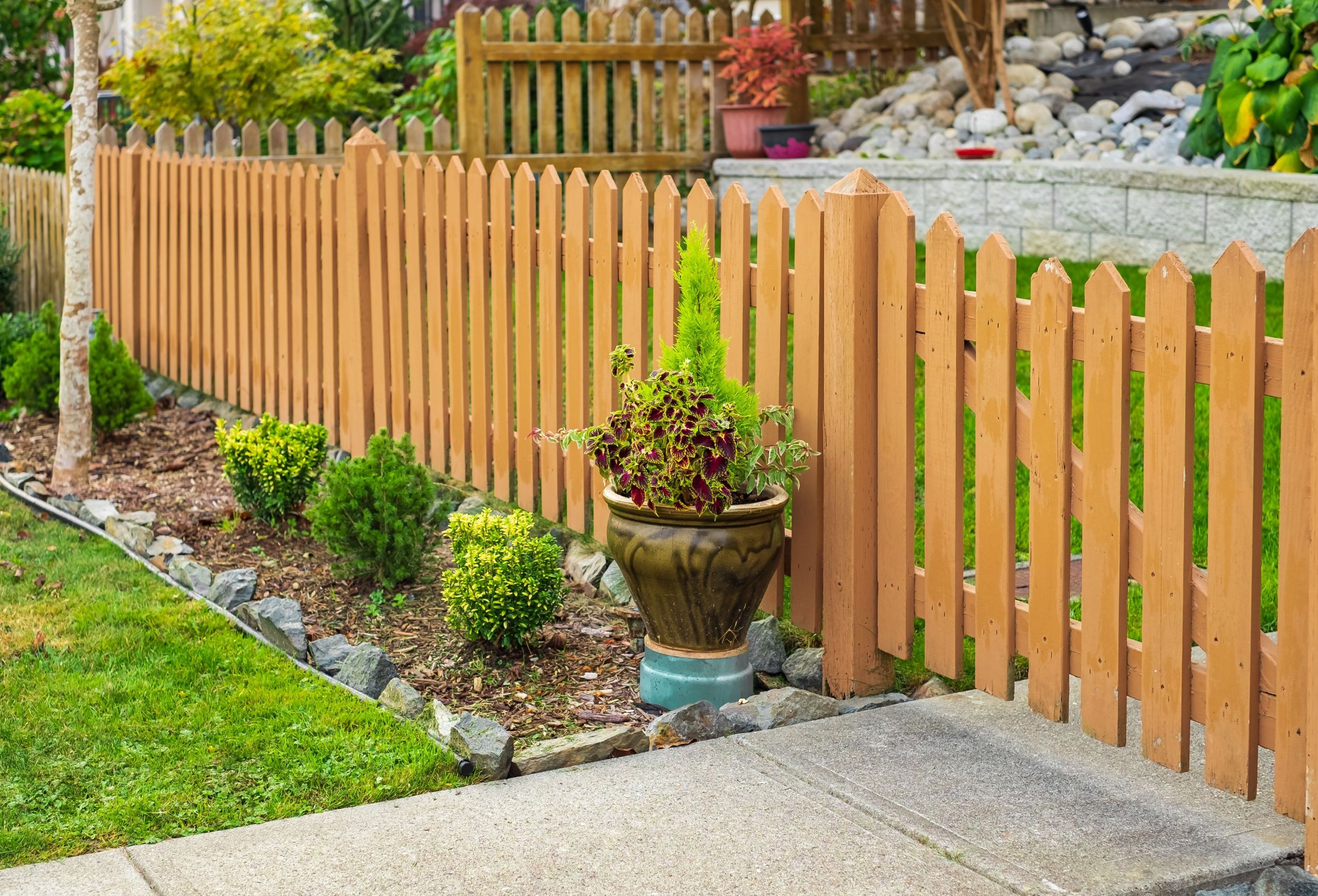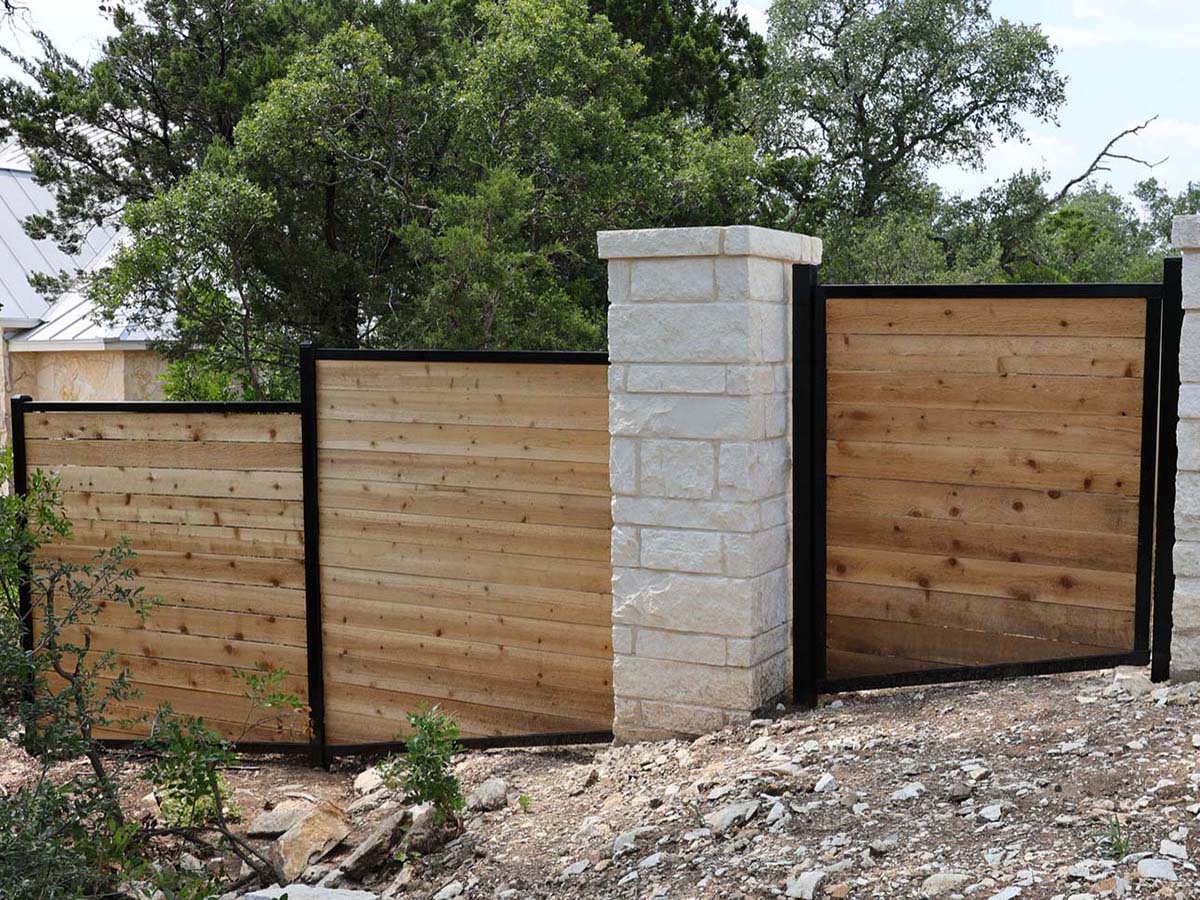All Categories
Featured

Fences are a vital part of your residential property, supplying privacy, safety, and aesthetic value. They are continuously subjected to the aspects and can experience from weather-related damages over time. Whether it's strong winds, rain, snow, or intense heat, weather problems can progressively weaken your fencing, resulting in pricey fixings or replacement. The good news is, there are a number of steps you can take to protect your fencing from weather-related damage and prolong its lifespan. Below's just how you can guard your fencing against the elements.
- Pick the Right Product. The sort of material your fencing is made from plays a substantial duty in exactly how well it will withstand climate condition. Some products are naturally more resistant to damage than others. For example:
Wood Fencings: While gorgeous and traditional, wood can be vulnerable to moisture, rot, and pests. However, pressure-treated timber or cedar can use far better resistance to these issues. Vinyl Fencings: Plastic is very immune to moisture, rot, and insects. It likewise stands well to extreme sun and heavy rain. Steel Fencings: Wrought iron or aluminum fences are resilient and can hold up against a variety of weather condition problems. They can, nonetheless, struggle with corrosion in time, particularly otherwise properly coated. Composite Fences: Made from a mixture of timber fibers and plastic, composite fences are much more immune to weather-related damage contrasted to standard wood fences. Picking the ideal material for your area's climate is the very first step in protecting your fence from climate damages.
- Seal or Spot Wooden Fences. Wood fencings are especially prone to harm from dampness, UV rays, and temperature changes. One of the most effective ways to safeguard your wood fence is by using a safety sealer or stain. These items aid:
Prevent Water Damage: Sealers develop a waterproof obstacle, avoiding dampness from seeping right into the wood and creating mildew, mold and mildew, or rot. Safeguard Against UV Damage: An excellent tarnish or sealant will additionally obstruct harmful UV rays from the sunlight, which can trigger wood to dry, split, and discolor over time. Maintain the Fence's Look: Normal discoloration assists keep the natural appeal of the wood and prolongs its life expectancy. It's advised to reapply the stain or sealant every 1-- 2 years to maintain your fencing in great problem.
- Install a Barrier for Wind Security. Strong winds can create significant damages to your fence, specifically if it is high or weak. Wind can flex or break wood panels, loosen fencing messages, or perhaps trigger the entire fence to collapse. Installing a windbreak-- such as planting hedges, bushes, or mounting a mesh barrier-- can aid protect your fencing from high winds.
Furthermore, you can reinforce the messages with concrete or metal braces to provide added stability and prevent changing or leaning.
- Trim Overhanging Branches. Overhanging tree branches can position a serious danger to your fencing during storms or high winds. Falling branches can break panels or damage the fence articles, resulting in pricey repair work. Frequently cut any kind of branches that hang over your fence, particularly if they're in close closeness to it. Maintaining the branches cut back reduces the danger of branches breaking short and causing damage to the fence.
- Normal Examinations and Upkeep. Carrying out regular upkeep and examinations is essential to capturing potential troubles before they rise. After a heavy storm, examine your fence for any indications of damages, such as loose panels, leaning messages, or busted areas. Taking treatment of small problems prior to they become larger ones can aid expand the life of your fence.
Additionally, cleaning your fence regularly to eliminate particles, mold and mildew, or dust can aid maintain its appearance and honesty. For wooden fencings, delicately pressure clean the surface area to get rid of built-up crud, and for vinyl fences, use a light cleaning agent to clean up any spots.

- Make Certain Appropriate Water Drainage. Water damages is one of one of the most typical weather-related issues that affect fencings. Poor drainage can cause standing water around your fence blog posts, which can cause the blog posts to rot or damage in time. To avoid this, see to it the ground around your fencing inclines far from the posts. You may also wish to install water drainage solutions such as French drains or gravel at the base of the blog posts to avoid water from pooling.
- Use a Protective Finish to Steel Fencings. Metal fencings, such as those constructed from iron or steel, are extremely sturdy however can be vulnerable to corrosion otherwise appropriately maintained. Applying a safety finishing or paint that is specifically developed for metal can aid stop rust and deterioration. Make sure to examine the fence periodically for any signs of corrosion, and address it quickly by sanding and repainting the impacted areas.

Conclusion. Your fencing is a valuable investment, and shielding it from weather-related damage will aid ensure that it proceeds to serve its objective for several years ahead. By choosing the best materials, routinely preserving your fencing, and taking steps to protect it from the elements, you can reduce weather-related damage and expand its life-span. Whether you're taking care of strong winds, hefty rainfall, or the harsh sunlight, these simple actions can go a long means in protecting the problem and look of your fencing, conserving you time and money in the future.
Latest Posts
Find Montclare Auto Repair’s Most Popular Auto Repairs and Why Drivers Choose Them
Published May 23, 25
1 min read
Shield Your Home with High Quality Residential Roof
Published May 22, 25
1 min read
Uncover Budget-Friendly Auto Repairs with Montclare’s Exclusive Service Specials
Published May 22, 25
1 min read
More
Latest Posts
Find Montclare Auto Repair’s Most Popular Auto Repairs and Why Drivers Choose Them
Published May 23, 25
1 min read
Shield Your Home with High Quality Residential Roof
Published May 22, 25
1 min read
Uncover Budget-Friendly Auto Repairs with Montclare’s Exclusive Service Specials
Published May 22, 25
1 min read